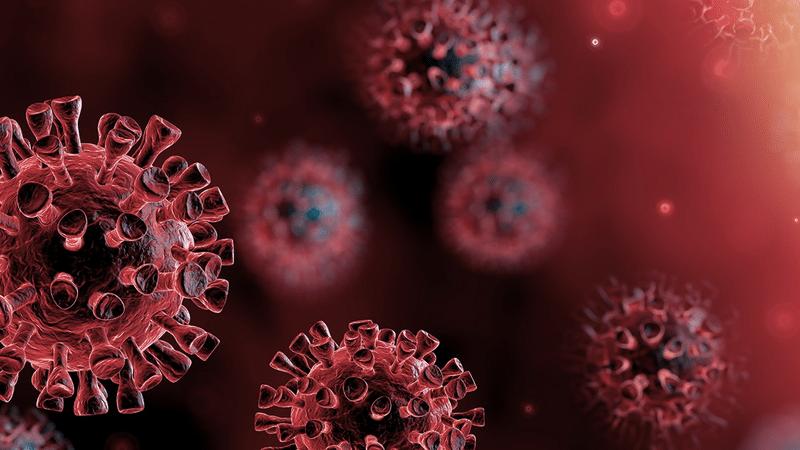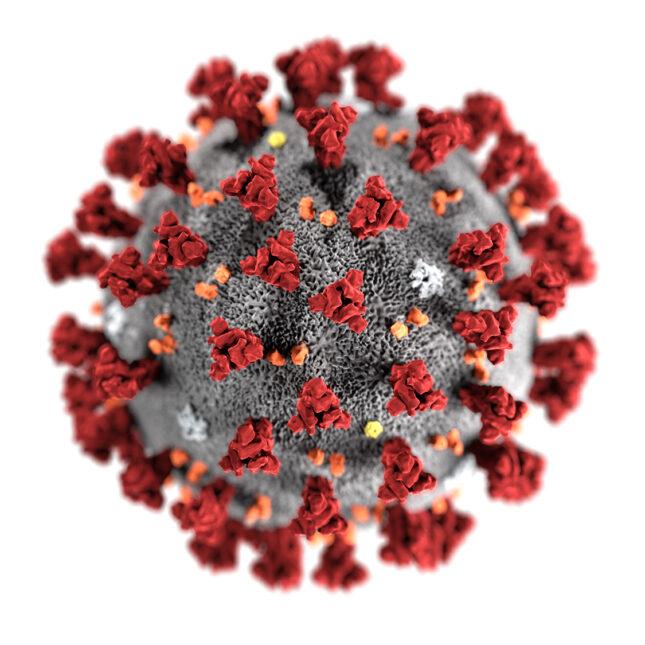
2 minute read
COVID (Zamir Latif
Zamir Latif Over the past year, the world’s citizens, economies, and productivity have been severely impaired by the COVID 19 virus. The severity of this virus, while undermined and masked by some, has caused an incredible change in how we are able to interact with the world around us; social gatherings are small and infrequent, classes and work places have become virtual and socially distanced, and commercial office spaces are eerily quiet and lacking the energy they once had. While everyone is interested in returning to pre-COVID life, there are multitude of issues that need to be addressed in order to ensure that we’re getting the most evident from our new vaccines.
https://www.rockpa.org/responding-to-covid-19-suggestionsand-recommendations-for-donors-as-of-march-2020/
Advertisement
One of the larger issues that are associated with this pandemic is that there’s a large income inequality among the world’s nations; wealthier nations, due to their higher gross domestic product, have a greater ability to finance the purchase of vaccines. For example, according to some sources, the nation of Canada has already ordered nine vaccines per citizen (Nature News 2020). While it is within a nations best interests to provide for a citizenry, there is no reason for

that many vaccinations per person as, currently, there is only two doses max per vaccine series. This mismanaged vaccine supplies will leave many citizens in the less developed nations without the ability to overcome the virus. There is a great risk in leaving these less-wealthy nations without an adequate vaccine supply as the virus would be more likely to mutate and become more infectious or dangerous in these environments (WHO 2020). In order to ensure that the vaccine is supplied to less wealthy nations, the World Health Organization has created a task force called COVAX in whose sole purpose is to ensure that less wealthy countries have access to vaccine doses. While COVAX continues in their efforts to vaccinate the less fortunate across the globe, there are still other logistical issues that will need to be addressed like, for example, securing a cold chain that will keep the vaccines at the appropriate storing temperature. These vaccines require specific storage conditions to preserve and guarantee its effectiveness. Many developing nations still lack the necessary infrastructure to support the transportation of these vaccines and will require additional funding and technologies. As of right now it appears that COVAX is on track with its current goals, but it will require further funding and cooperation with other nations. In the past, much of the funding that was acquired was due to moral arguments; but with the recent upturn of the world economy, many of these arguments know make financial sense as the virus is more likely to mutate and cause more damage to the global economy in these less wealthy countries.

https://www.statnews.com/2020/02/11/disease-caused-by-thenovel-coronavirus-has-name-covid-19/
Inside the mammoth undertaking of global vaccine distribution. (n.d.). Retrieved April 19, 2021, from https://www.who.int/news-room/featurestories/detail/inside-the-mammoth-undertaking-of-global-vaccine-distribution
References
Mullard A. How COVID vaccines are being divvied up around the world. Nature News. https://www.nature.com/articles/d41586-020-03370-6. Published November 30, 2020. Accessed February 11, 2021. Inside the mammoth undertaking of global vaccine distribution. (n.d.). Retrieved April 19, 2021, from https://www.who.int/news-room/featurestories/detail/inside-the-mammoth-undertaking-ofglobal-vaccine-distribution







